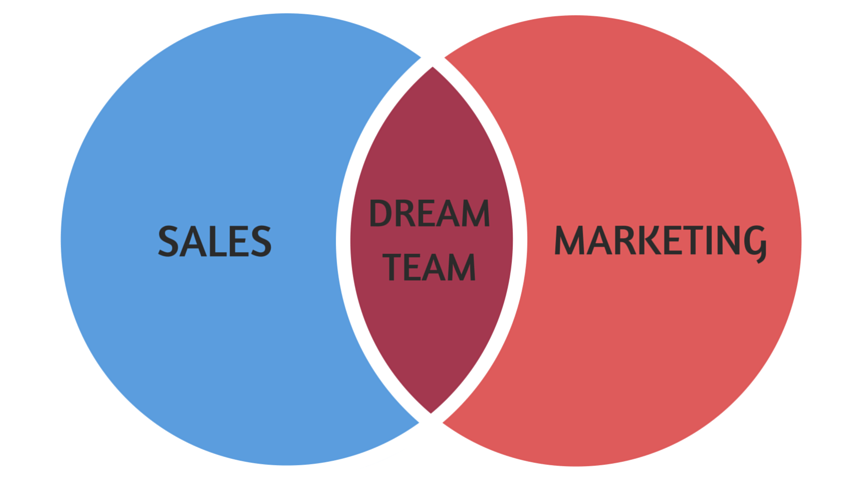
To the disservice of both, marketing and sales teams are too often siloed, treated as wholly separate entities with separate concerns and goals.
Sometimes, there’s even a little antagonism among departments, with each side insisting on its own supreme importance. According to Harvard Business Review, the rift between sales and marketing is such that a concerning 87% of respondents polled in both sales and marketing thought negatively of the other side. Amusingly, salespeople used terms like “paper pushers” to describe marketers, and marketers used terms like “cowboys” to describe salespeople.
However, are the goals of these two opposing factions really all that different? In both cases, the overall wellbeing of the company, and the acquisition of new business are the end goals – so why not work together?
Table of Contents
Defining Sales and Marketing
It might be helpful to begin by defining the two teams (beyond “pencil pushers” and “cowboys” that is). Marketing looks at the company and its products/services holistically, aiming to expand awareness of the brand through various strategies (content marketing, social media marketing, inbound marketing, among others). Whatever the strategy, marketing’s goal is to produce leads for the sales team.
The sales team, in turn, takes these leads and moves them through the sales pipeline, qualifying the leads, validating them into sales opportunities and then attempting to close them. Sales focuses more on direct, one-to-one communication than marketing does; sales requires more of a human touch.
Seems like both disciplines are part of the same general process, right?
How Marketing and Sales Departments Can Work Together
A common gripe from the marketing department is that the sales team lets hard-earned leads slip through the cracks. Fair enough. Sales development reps, left to their own devices and a traditional CRM, can only qualify so many leads, and they have to rely on imperfect judgment.
An easy fix, though, is to have the sales team use sales engagement software that takes the guesswork out of the process by using queue-based lead routing to automatically present the salesperson with the next best lead to call. A sales engagement platform increases productivity and ensures that the marketing team’s hard work isn’t wasted. Vanillasoft.com offers one of the best sales engagement platforms available, and they provide resources you can read about best practices implementation
In turn, sales should offer any information they have to

The Case for Collaboration
The case for sales and marketing collaboration is as simple as it is self-evident: an exchange of information between the two departments, as well as a mutual respect for the work the other does, will result in more sales, more customers, more profits. A sales team that makes the effort to close as many leads as possible by using a sales engagement solution will reflect positively on the marketing team, and a marketing team that offers better quality leads will reflect positively on the sales team.
There might be a cultural rivalry between sales and marketing, but, at the end of the day, it should be more like a sibling rivalry. You’re part of the same family, and you want the same things – despite your bickering, you might as well work together.

